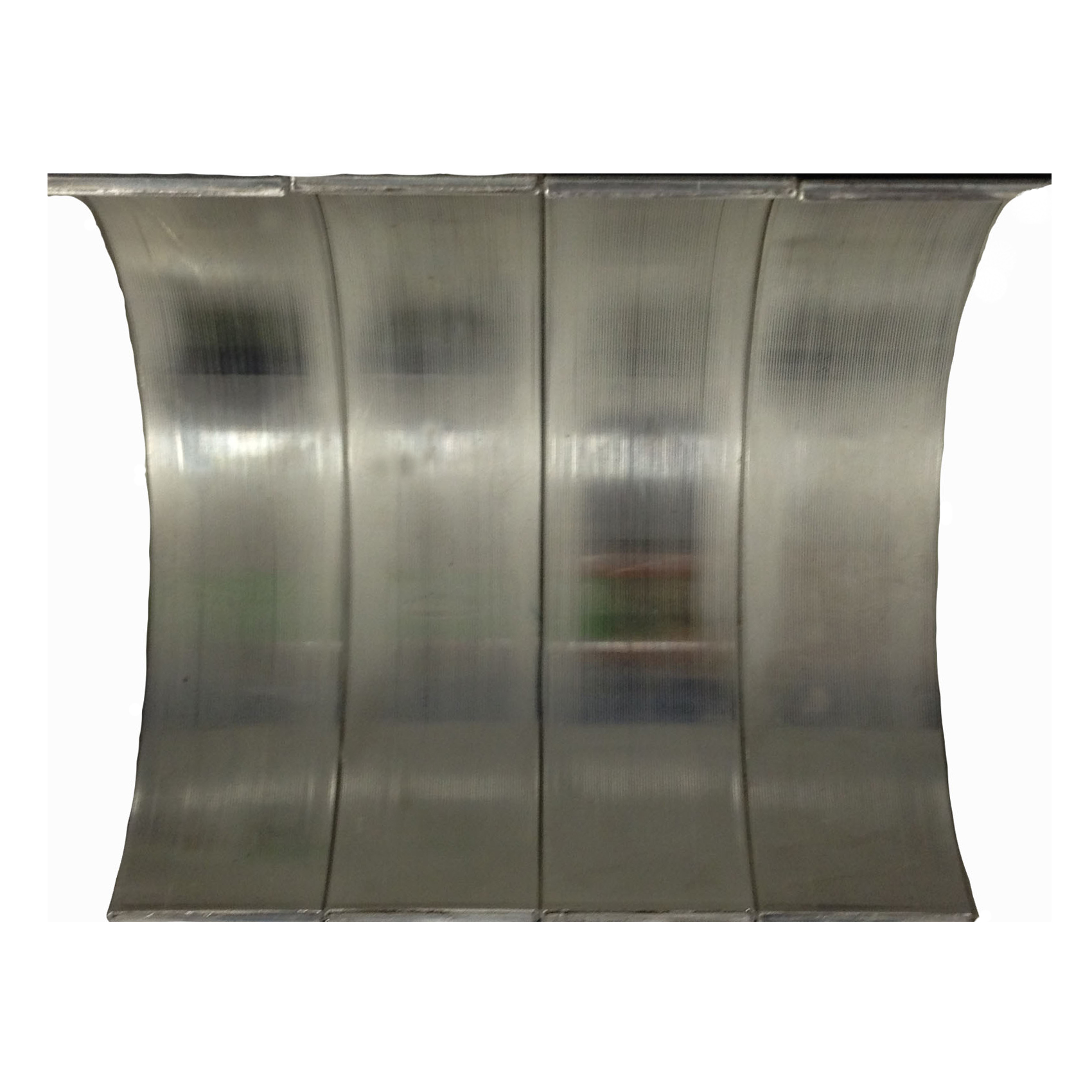Fatigue
In recent years the push towards more fuel-efficient, direct injected engines has led to increased peak cylinder pressures and higher bearing loads. In order to support this higher level of performance, therefore, plain metal shell bearings have had to offer better fatigue resistance alongside improved conformability. Although aluminium-tin-silicon (Al-Sn-Si) bearings have been around for many years, and give good conformability in applications requiring lesser performance, in the search for extra power the copper-lead variety always had the advantage, as the presence of tin in Al-Sn-Si bearings could cause fatigue failures in the intermediate layer binding the alloy to the steel backing at higher levels of performance.
In Al-Sn-Si bearings the tin content, which can be as much as 40%, acts as the soft component distributed within the aluminium matrix. As a separate phase this produces a diffuse network along the edges of the grain boundaries of the aluminium to give the bearing surface its low frictional properties under boundary lubrication conditions. On the other hand, the high-hardness silicon is distributed across the aluminium matrix and serves to polish the mating journal while retaining the lubricant on the bearing surface to support hydrodynamic lubrication.
Aluminium-tin-silicon bi-metal bearings consist of two layers bonded onto a steel backing plate. The intermediate layer, which consists of pure aluminium or an aluminium-manganese alloy, is bonded to the steel backing strip, after which the Al-Sn-Si is roll-bonded on top. The actual process might vary from one manufacturer to another, but the intermediate layer is there to help adhesion, stabilising the bonding between the outer layer and the steel shell, and also helps to serve as a cushion should edge loading be applied to the bearing in service.
Once bonded to the steel backing strip, bearings are formed into a semicircular shape and processed to the required bearing size In this state, the bearings are soft compared to copper-lead high-performance derivatives and so some method of hardening has to be introduced in order to improve their resistance to fatigue. The most common method is solid solution treatment, whereby the bearings are heated to 400-550 C and then rapidly cooled. Unfortunately, while this method increases the strength of the outer bearing layer it decreases the bonding strength of the intermediate layer, creating a brittle intermetallic layer next to the steel backing. The formation of this brittle aluminium-iron (Al-Fe) compound, although dependent on temperature, is also a function of the chemical composition of the aluminium alloy next to the steel.
This was an issue in early stages of development but was ultimately resolved by replacing the aluminium or aluminium-manganese intermediate layer by one consisting of aluminium and around 7-8% silicon. Instead of forming FeAl3, this aluminium-silicon material forms an Al-Fe-Si compound, at a much higher temperature than that used during heat treatment of the outer bearing material. The presence of the silicon would appear to suppress the formation of the brittle FeAl3 compound, producing a bearing with a much higher resistance to fatigue, but perhaps even more crucially the higher temperatures allowed would prove beneficial in optimising the composition of the outer bearing material to create even greater strength.
Just like the human body, once the problem of fatigue is overcome then the person can go from strength to strength.
 Fig. 1 - Aluminium bearings after testing
Fig. 1 - Aluminium bearings after testing
Written by John Coxon